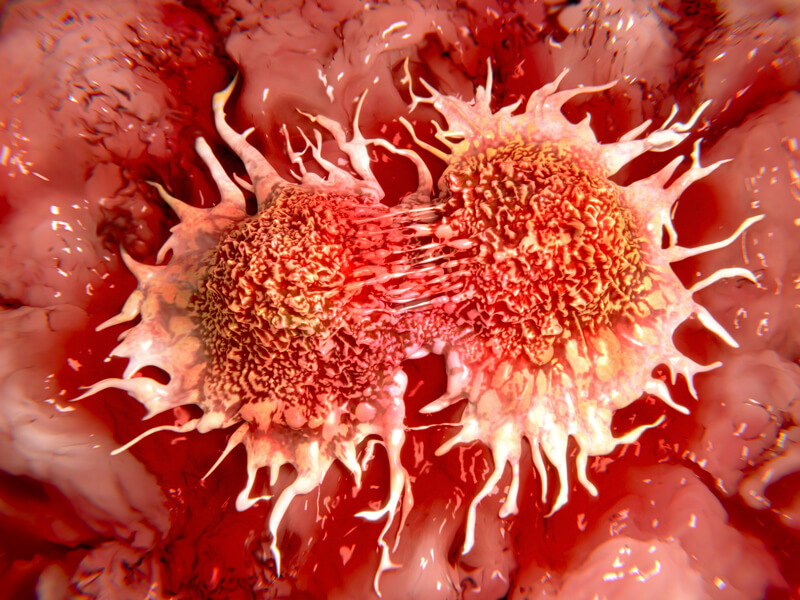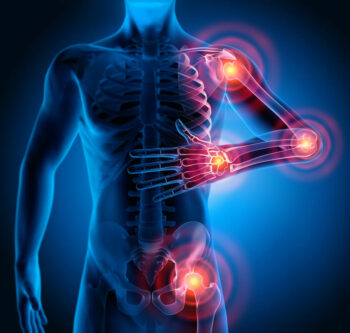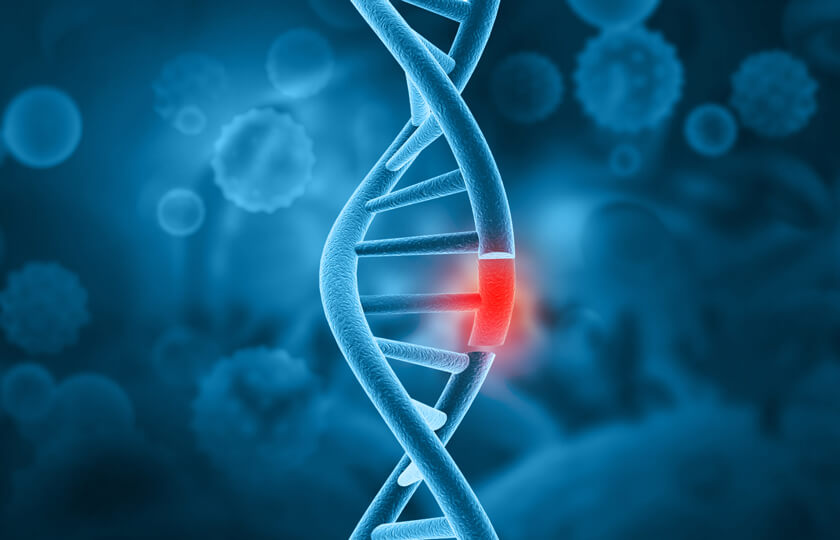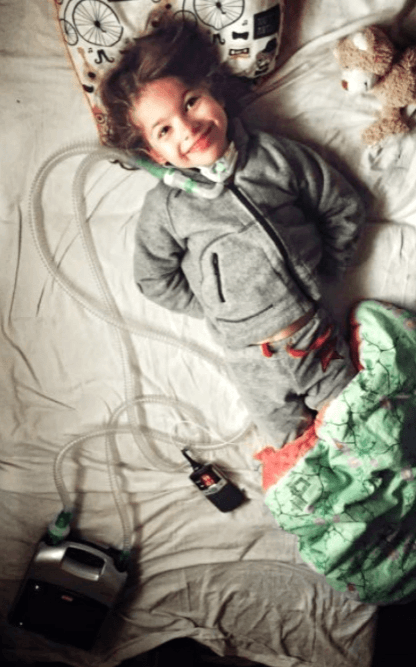Antiviral Therapies
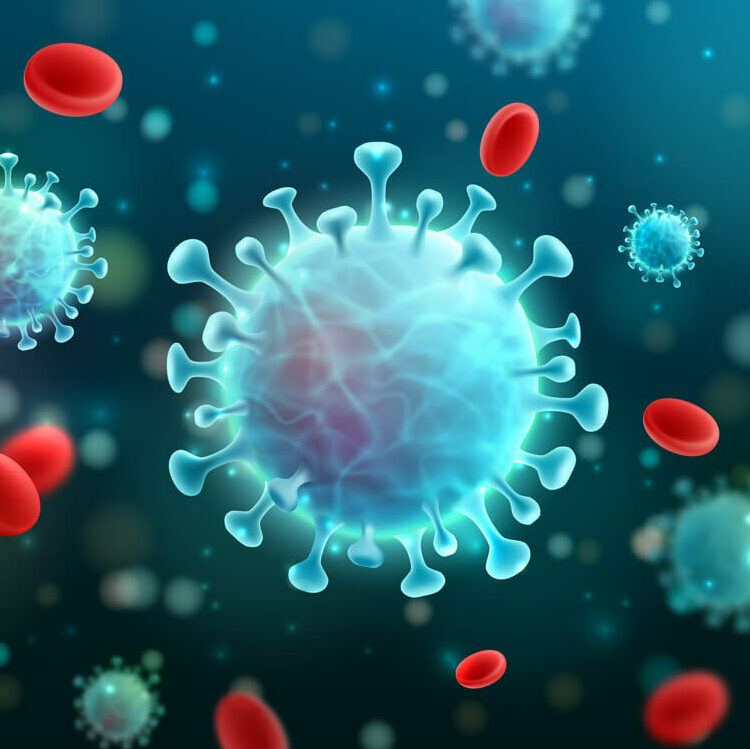
Antiviral potential of curcumin
The use of synthetic drugs has increased over the recent years, but plant-based drugs are more suitable in terms of least side effects. Since ancient times mankind has been dependent on plants for the treatment of various ailments, among them widely used is curcumin, the principal polyphenol extracted from turmeric.The use of synthetic drugs has increased over the recent years, but plant-based drugs are more suitable in terms of least side effects. Since ancient times mankind has been dependent on plants for the treatment of various ailments, among them widely used is curcumin, the principal polyphenol extracted from turmeric. Their medicinal and useful properties are mentioned in Indian Veda’s and Chinese medicine. Curcumin has been studied extensively for its pleiotropic activity, including anti-viral activity. Accumulated evidence indicated curcumin plays an inhibitory role against infection of numerous viruses. These mechanisms involve either a direct interference of viral replication machinery or suppression of cellular signaling pathways essential for viral replication, such as PI3K/Akt, NF-κB. We focus on the anti-viral effects of curcumin, and their possible molecular mechanisms.
Our research
With administering our NOMICU® L-100 we have achieved very good and clean results in vitro (cell line) model with the dose dependent inhibition of the adenoviral replication, comparable to the use of the canonical Hsp90 inhibitors. Our research partners from the Institute of Experimental and Clinical Medicine – https://www.imdik.pan.pl/pl/ are preparing a research paper and a set of publications to be submitted shortly. More research involving different virus types is ongoing.
